Climate Change And The Slowdown Of A Key Ocean Current System: Rising Sea Levels In The US
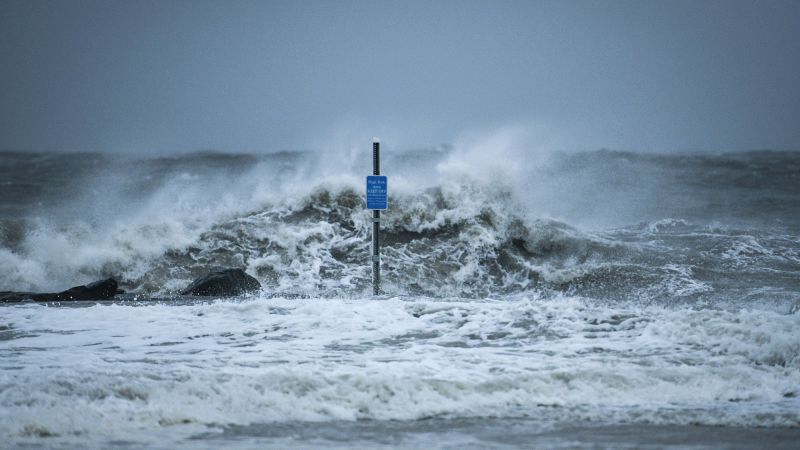
Welcome to your ultimate source for breaking news, trending updates, and in-depth stories from around the world. Whether it's politics, technology, entertainment, sports, or lifestyle, we bring you real-time updates that keep you informed and ahead of the curve.
Our team works tirelessly to ensure you never miss a moment. From the latest developments in global events to the most talked-about topics on social media, our news platform is designed to deliver accurate and timely information, all in one place.
Stay in the know and join thousands of readers who trust us for reliable, up-to-date content. Explore our expertly curated articles and dive deeper into the stories that matter to you. Visit Best Website now and be part of the conversation. Don't miss out on the headlines that shape our world!
Table of Contents
Climate Change and the Slowdown of the AMOC: Rising Sea Levels Threaten the US
The Atlantic Meridional Overturning Circulation (AMOC), a crucial ocean current system often described as the "global ocean conveyor belt," is slowing down. This alarming trend, largely attributed to climate change, poses a significant threat to coastal communities in the United States, potentially exacerbating already concerning sea level rise. The implications are far-reaching, impacting weather patterns, marine ecosystems, and the very fabric of coastal life.
Understanding the AMOC and its Importance
The AMOC acts like a massive, underwater river, transporting warm water from the tropics northward towards the North Atlantic. This system plays a vital role in regulating global climate, influencing temperature and precipitation patterns across the globe. A weakening AMOC disrupts this delicate balance, leading to a cascade of potentially catastrophic consequences.
The Link Between AMOC Slowdown and Rising Sea Levels in the US
Several studies have shown a clear correlation between the weakening AMOC and increased sea level rise along the US East Coast. As the warm water flow slows, the Gulf Stream, a major component of the AMOC, loses some of its strength. This weakening can lead to:
- Increased Sea Level Rise: A slower AMOC allows more water to accumulate along the eastern US coastline, contributing to accelerated sea level rise. This isn't just about inches; we're talking about potentially significant increases over the coming decades, threatening coastal infrastructure and communities.
- More Frequent and Intense Coastal Flooding: Combined with storm surges and high tides, the higher baseline sea levels significantly increase the frequency and severity of coastal flooding events, putting millions of people and billions of dollars of property at risk.
- Changes in Weather Patterns: The AMOC's influence on weather systems means its slowdown can lead to more unpredictable and extreme weather events, including more intense hurricanes and altered precipitation patterns across the country.
The Scientific Evidence and Future Projections
Scientific research, utilizing data from oceanographic buoys, satellite observations, and climate models, consistently points to a significant slowdown of the AMOC. While the exact rate of slowdown is still under investigation, the consensus among climate scientists is that it's a serious concern requiring urgent attention. Future projections suggest that continued greenhouse gas emissions will further weaken the AMOC, leading to even more pronounced impacts on sea levels and weather patterns along the US coastline.
What Can We Do?
Addressing the threat of AMOC slowdown and its impact on US sea levels requires a multifaceted approach:
- Mitigation: Reducing greenhouse gas emissions through transitioning to renewable energy sources, improving energy efficiency, and implementing sustainable land-use practices is crucial in slowing the rate of climate change and lessening the impact on the AMOC. This requires global cooperation and commitment.
- Adaptation: Coastal communities must invest in adaptation strategies to prepare for the inevitable effects of sea level rise. This includes implementing better coastal defenses, improving drainage systems, and developing robust evacuation plans.
- Research and Monitoring: Continued research and monitoring of the AMOC are vital to better understand its dynamics and predict its future behavior. Improved monitoring technologies and international collaboration are crucial.
The slowdown of the AMOC presents a clear and present danger to the United States. Ignoring this threat will have devastating consequences. By taking proactive measures to mitigate climate change and adapt to its effects, we can protect our coastal communities and safeguard the future. Learn more about the impact of climate change on sea levels at the . It's time to act.

Thank you for visiting our website, your trusted source for the latest updates and in-depth coverage on Climate Change And The Slowdown Of A Key Ocean Current System: Rising Sea Levels In The US. We're committed to keeping you informed with timely and accurate information to meet your curiosity and needs.
If you have any questions, suggestions, or feedback, we'd love to hear from you. Your insights are valuable to us and help us improve to serve you better. Feel free to reach out through our contact page.
Don't forget to bookmark our website and check back regularly for the latest headlines and trending topics. See you next time, and thank you for being part of our growing community!
Featured Posts
-
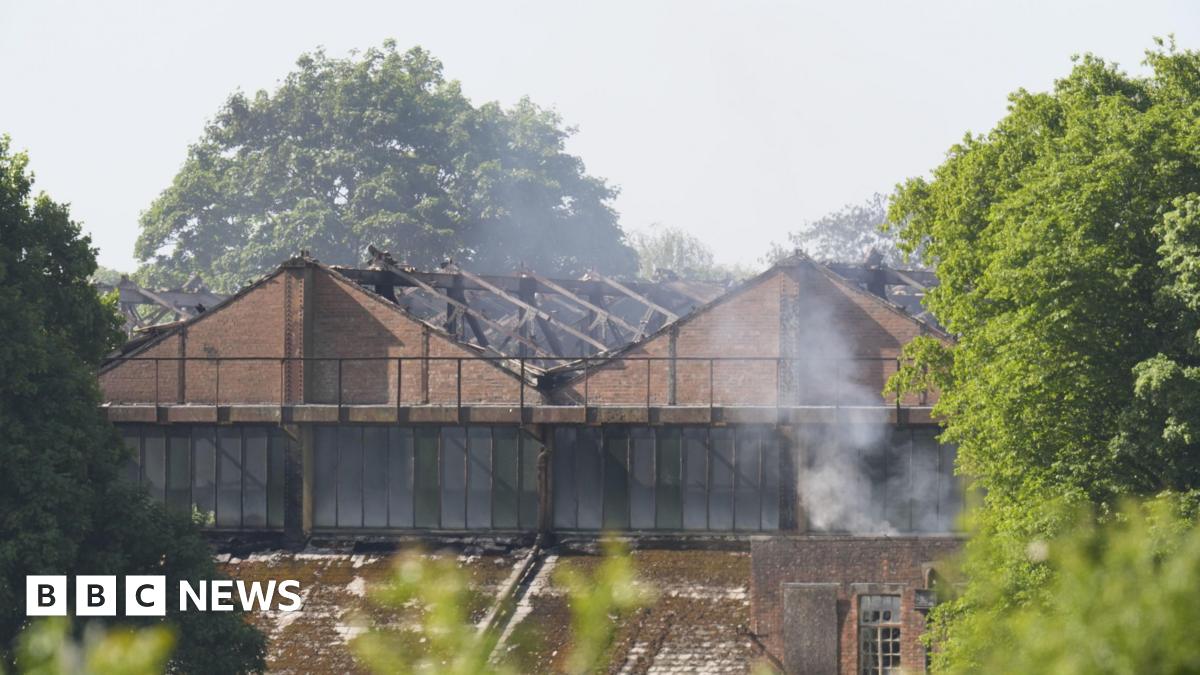 Tragedy Strikes Firefighters Killed In Large Business Park Fire
May 18, 2025
Tragedy Strikes Firefighters Killed In Large Business Park Fire
May 18, 2025 -
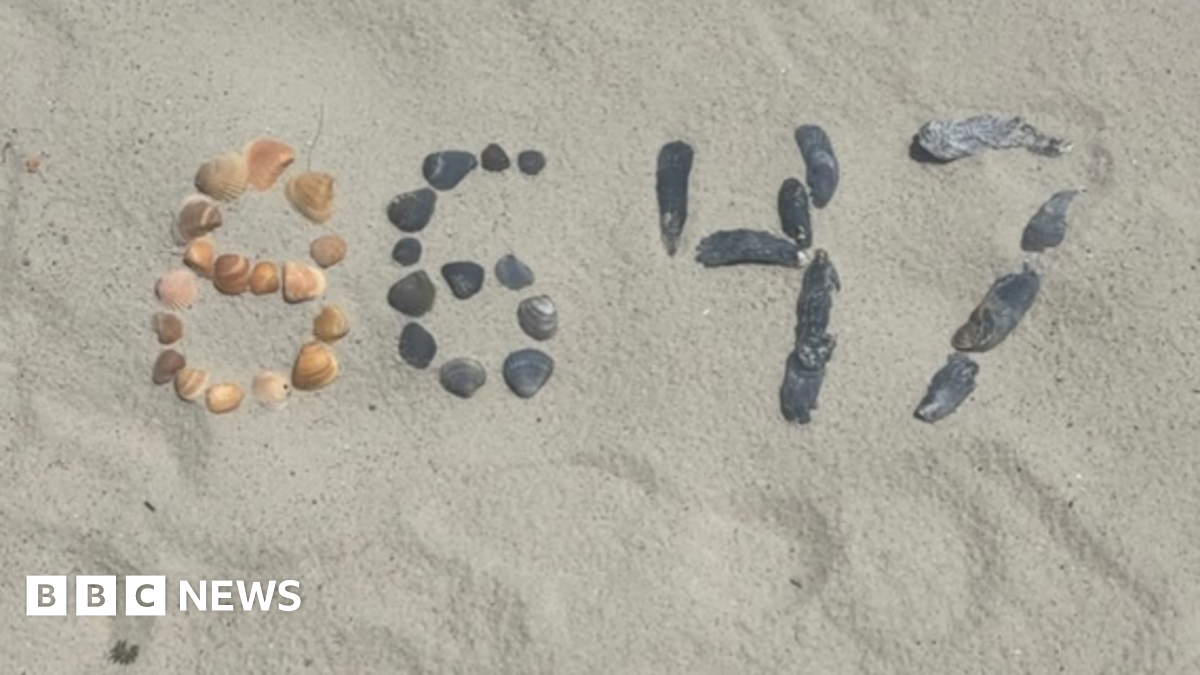 Former Fbi Director James Comeys Secret Service Interview Details Emerge
May 18, 2025
Former Fbi Director James Comeys Secret Service Interview Details Emerge
May 18, 2025 -
 Alex Fines Public Accusation Against Diddy The Full Story
May 18, 2025
Alex Fines Public Accusation Against Diddy The Full Story
May 18, 2025 -
 Legal Update Dawn Richard Follows Cassie Venturas Testimony In Diddys Trial
May 18, 2025
Legal Update Dawn Richard Follows Cassie Venturas Testimony In Diddys Trial
May 18, 2025 -
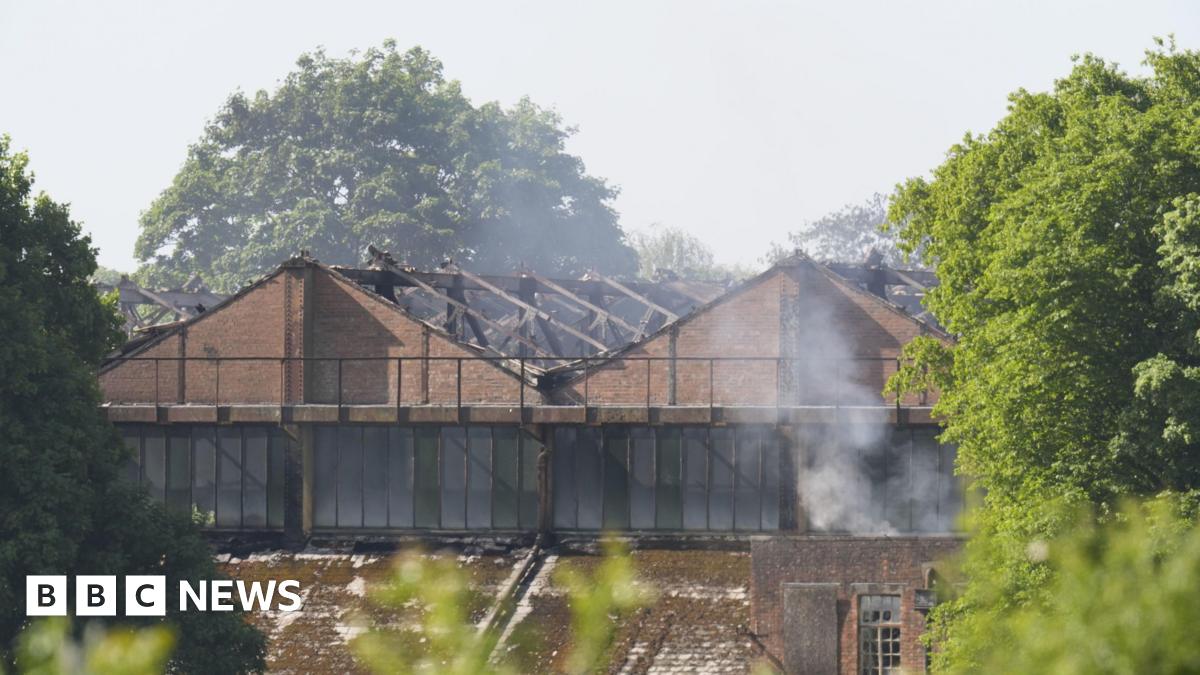 Business Park Fire Claims Lives Of Three Firefighters Identities Released
May 18, 2025
Business Park Fire Claims Lives Of Three Firefighters Identities Released
May 18, 2025
Latest Posts
-
 Melhores Slots Brasileiras Com Giros Gratis Jogue Agora
May 19, 2025
Melhores Slots Brasileiras Com Giros Gratis Jogue Agora
May 19, 2025 -
 Alex Fines Public Outrage Diddys Actions Endanger Cassies Life
May 19, 2025
Alex Fines Public Outrage Diddys Actions Endanger Cassies Life
May 19, 2025 -
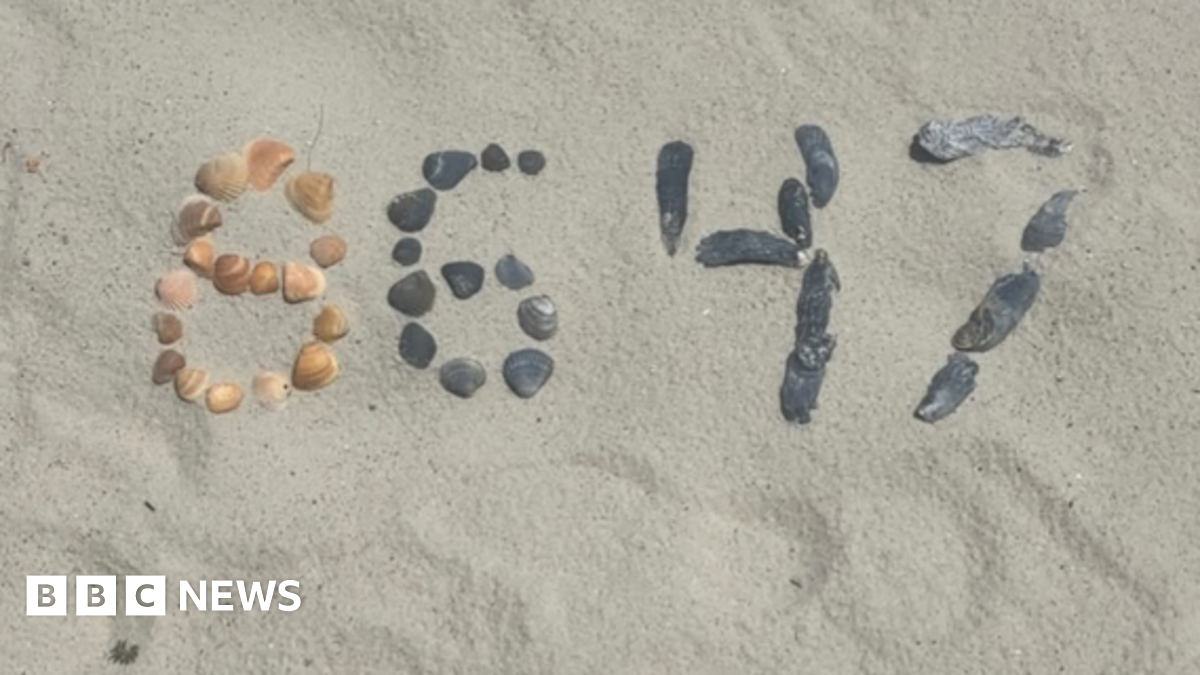 James Comeys Secret Service Interview Details Emerge On Trumps Seashell Post
May 19, 2025
James Comeys Secret Service Interview Details Emerge On Trumps Seashell Post
May 19, 2025 -
 I Was On The Flight But British Airways Says I Wasn T A Passengers Nightmare
May 19, 2025
I Was On The Flight But British Airways Says I Wasn T A Passengers Nightmare
May 19, 2025 -
 Futebol Americano Em Ny Times Noticias E Promocoes De Slots
May 19, 2025
Futebol Americano Em Ny Times Noticias E Promocoes De Slots
May 19, 2025
